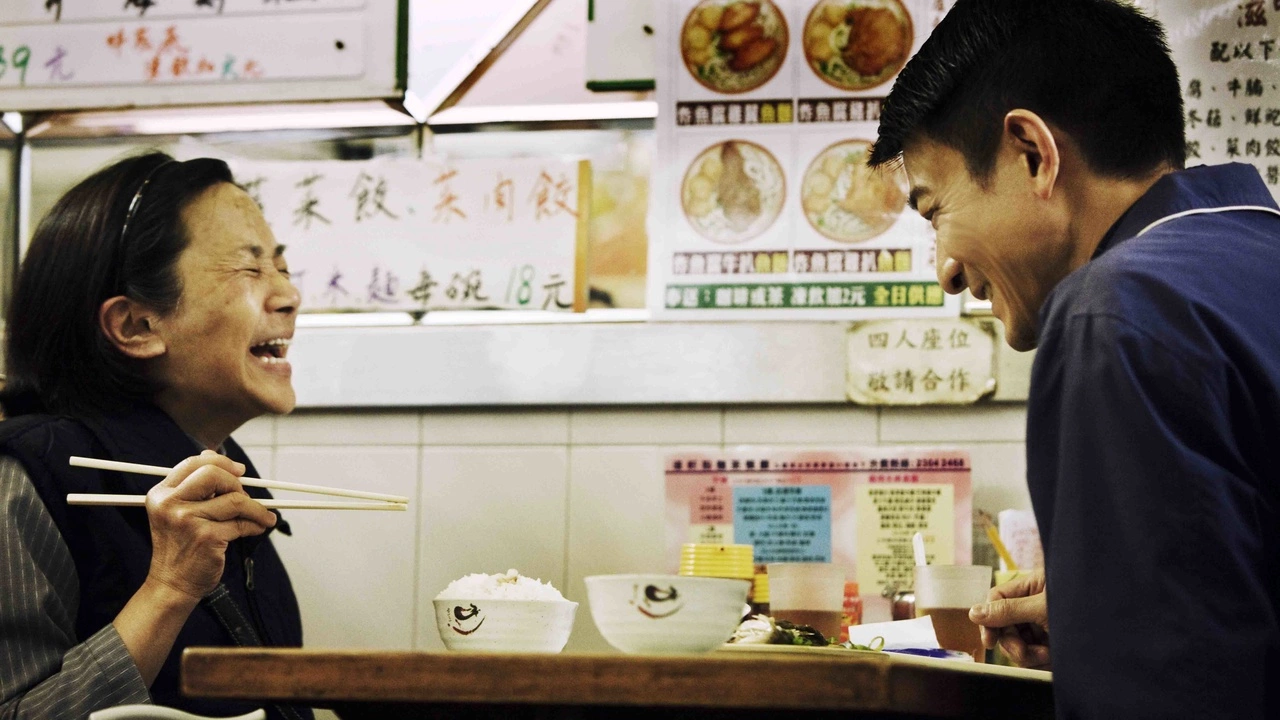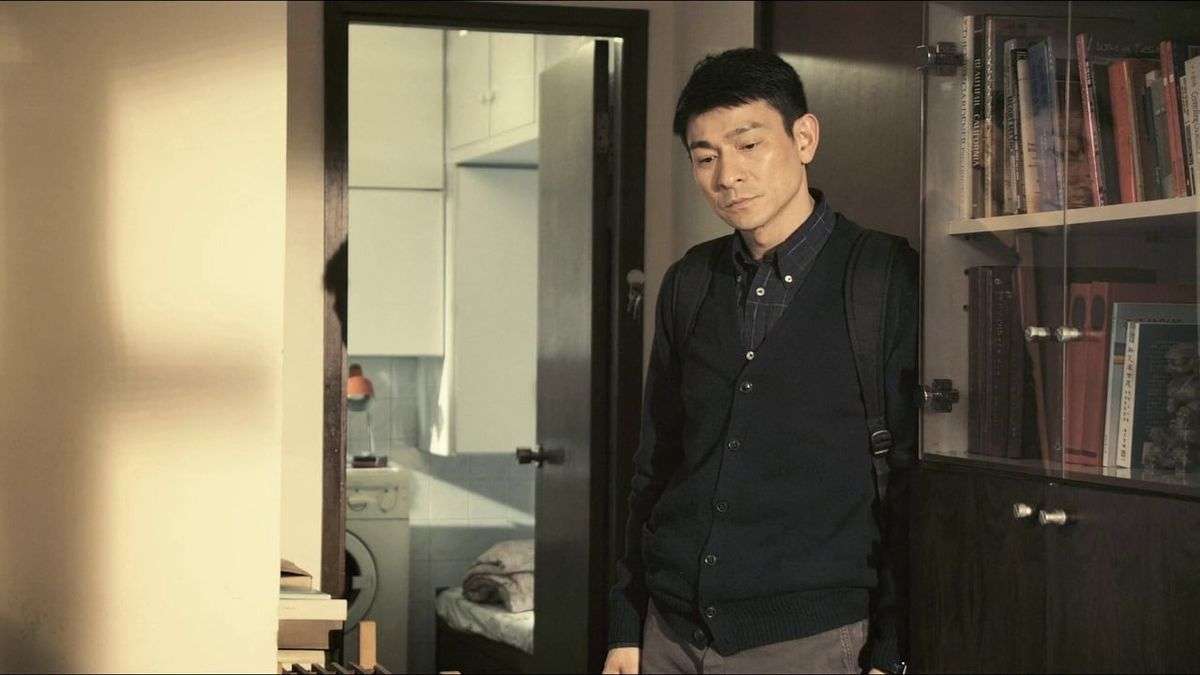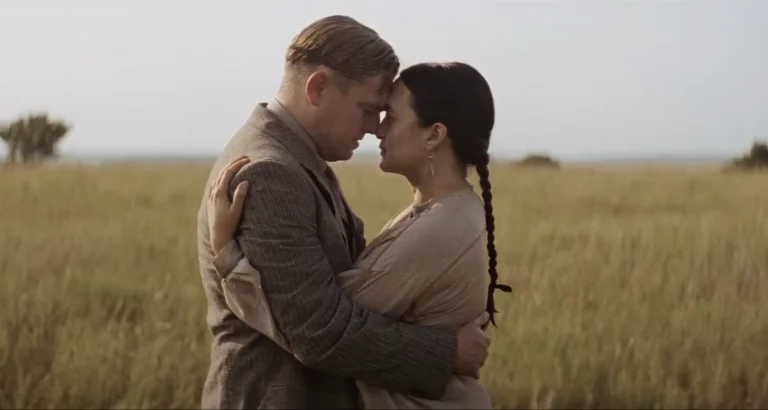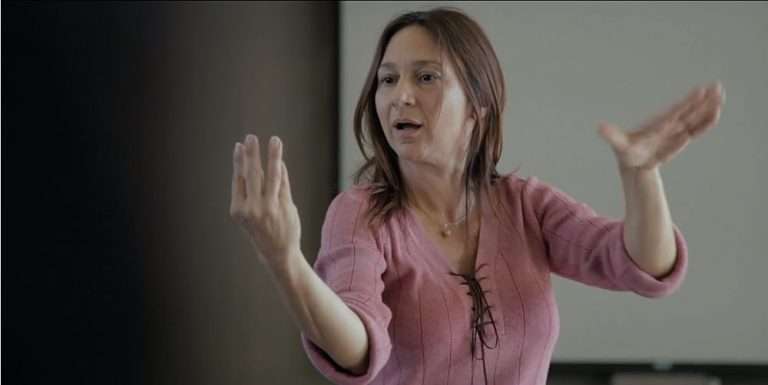Empathy is perhaps the arts’ most important element; the ability to understand and imbibe others’ experiences enriches our lives. The greatest artists channel their empathy into their works, hoping to evoke it in return from the audience. Cinema and its masters use empathy as an essential tool to mold the viewer’s experience of a film such that its themes and ideas resonate. The best of such cinema, despite its cultural specificities, is universal. Empathy is the hallmark of Ann Hui’s films, which, rooted in Hong Kong’s rich history, have resonated with audiences worldwide for decades.
Hui’s 2011 film, “A Simple Life,” begins with reaching and moving the artists who came to be involved in its making. When producer Roger Lee chose to put to paper memories of his aging generational house-help, it was Ann Hui who encouraged these stories into a screenplay. Ann Hui contemplated the end of her career, unable to raise the required funds for filmmaking. To get funded, she turned to star Andy Lau (Hui was responsible for his breakthrough role in “Boat People”) to champion this small, intimate drama. As we know now, the film’s critical acclaim put a pause on Hui’s retirement and ultimately began a new phase of her career that still thrives today.
All of this was possible with some care and inspiration trickling down from the cast and crew to encourage one another to bring this project to life. That empathy resonates across every frame of “A Simple Life.” It begins with a narration typical of Hui’s storytelling style. Roger Leung (Andy Lau) is a middle-aged unmarried film producer. He lives with his maid Chung Chun-to, AKA Sister Peach (Deanie Ip), who has served the family for generations. When Sister Peach suffers a stroke, she insists on relocating to a nursing home rather than rehabilitating and becoming a burden. Roger’s visits to her in the nursing home bring them closer over time. Roger learns to care for her in the way she had since he was a child.
The premise is simple, and so is Hui’s telling of it: no greater dramatic upheaval occurs besides the deteriorating health of Sister Peach. The writing from Roger’s memories finds layers in the existence of these characters’ lives and their evolving relationship. In the opening, we witness the routine of these two characters’ lives. There is caring between them, but it isn’t overtly displayed. Roger has a mechanical work life, while Sister Peach tries her best to make sure he lives and eats healthily and comfortably. Little actions indicate how thankful they are for each other but also how reliant Roger has become on Sister Peach.
When she collapses from her first stroke and decides to retire, he pushes through to help her despite her protests. There is a respectable distance she wishes to maintain, even though she has raised him like a son. When Roger visits her at the nursing home, it is difficult for Sister Peach to express to the rest of the residents what their relationship is. He chooses to be addressed as her godson. At a film premiere, he introduces her to other film dignitaries as his aunt.

There is even a running joke where Roger is mistaken for a regular blue-collar worker due to his dressing sense. An earlier scene also shows the audience how Sister Peach is responsible for cleaning and laying out his clothes. When she gets a chance, she interviews a replacement worker, but most of them reject the job due to the high demands of Roger’s lifestyle. When Roger’s mother visits Sister Peach, she is adamant about giving her some expenses, but Sister Peach remains firm in not accepting them. They visit their old abandoned apartment, offering it to her to live in for the remainder of her life. When Roger’s entire family visits for the christening of his grandnephew, Sister Peach is made to feel like a part of the family.
There are levels of familiarity and camaraderie, but she also tries to maintain distance due to the defined roles of the past. Hui explores the cultural clash and class divide that permeates the setting through these nuances. Despite this, the writing isn’t critical of Roger or his family. Sweet nostalgia is baked into the core of the relationship Roger shares with Sister Peach. When his friends visit him at home, they make a call to her at the nursing home. It’s one of the few moments of true respite and joy she feels as they discuss how she used to feed them as children.
Scenes of their memories are paralleled with scenes of her own existence in the nursing home. This editing pattern is often evoked to showcase how deeply connected Roger and Sister Peach are. Hui carefully threads discussions between the two, over time revealing their lives aren’t as mechanical or roles as defined as we witness in the beginning. The warmth Hui has for the central figures also permeates across to peripheral characters and their lives, especially the older residents in the nursing home. Once Sister Peach becomes comfortable with her surroundings, she starts to listen and naturally empathize with the stories of the others.
A woman has stayed at the nursing home the longest, with no family to call her own. There’s an old lady abandoned by her son but taken care of by her frustrated and unloved daughter. Sister Peach is surprised to find a younger resident with a terminal disease who has no one to look after her. There’s also a sprightly old man, constantly borrowing money so as he may relive his youth by hiring sex workers. Hui’s examination of their lives is enveloped by graceful storytelling with the aid of cinematographer Yu Lik-wai. For the majority of the film, the camera swims across frames, capturing scenes from odd vantage points like a documentary. Since the plot is based on a real-life account, the invasive nature of the camera work is a smart choice.

Little satirical bits, along with the stylistic angles of filming, allow Hui to highlight the hauntingly unfortunate truths surrounding the themes of the story. It is difficult for Hong Kong’s increasingly aging population to live comfortably. While there are individuals like Roger or the head nurse of the home who look to help these people, they are few and far between. That sensitivity is also presented via the film’s design and color palette. Warmth is a crucial element in showcasing the humanity of certain locations, and it is also mixed with the clinical look of a hospital or home. Muted white and brown hues merge and give the film that sense of realism the handheld camera work is going for.
As the intimacy and intricacies of Roger and Sister Peach are revealed, the same camera work slows down and gets closer to them. It hits an emotional peak when it captures both from afar and painfully up close. The poetry of the visual language culminates when Sister Peach’s body gives way, and Roger is forced to decide to let her go peacefully. His strength in the face of a callous society at large is beautifully portrayed. This idea Hui evokes visually isn’t restricted to just Hong Kong but an issue that has plagued modern society for ages. Through this theme of discarding people after they have outlived their use, Hui extracts immense empathy for her characters and humanity as a whole.
None of that would work without the two central performances. To that effect, the casting is superbly on point. Andy Lau is positioned opposite Deanie Ip, his real-life godmother and constant collaborator. Ip and Lau have often played mother and son throughout their filmography, and that comfort and familial relationship translates across the screen in this film. It shines through when the duo is simply eating, discussing general stuff such as her health, or, at best, having fun with each other. Lau brings a comfortable charm to his role as Roger. He is sincere without going overboard. It is Ip to whom the film belongs. Her crankiness early on gives way to a delicate heart as she sees her existence questioned through the lives of the other residents at the home.
Ip becomes the conduit through which Ann Hui’s magnanimous volume of empathy hits the viewer deeply. Though it is anything but, as the title suggests, “A Simple Life” reminds us that empathy is indeed art’s most effective tool and only a master like Ann Hui can wield it with such heart.




![The Tale of King Crab [2022] Review – A visually sumptuous magic-realist adventure that aimlessly transverses through Herzog-land](https://79468c92.delivery.rocketcdn.me/wp-content/uploads/2022/04/The-Tale-of-King-Crab-Movie-Review-1-768x433.webp)
![Nanook of the North [1922] Review – A Quasi-Documentary Classic on the Ever-Smiling Eskimo](https://79468c92.delivery.rocketcdn.me/wp-content/uploads/2020/03/Nanook-of-the-North-1922-768x562.jpg)
